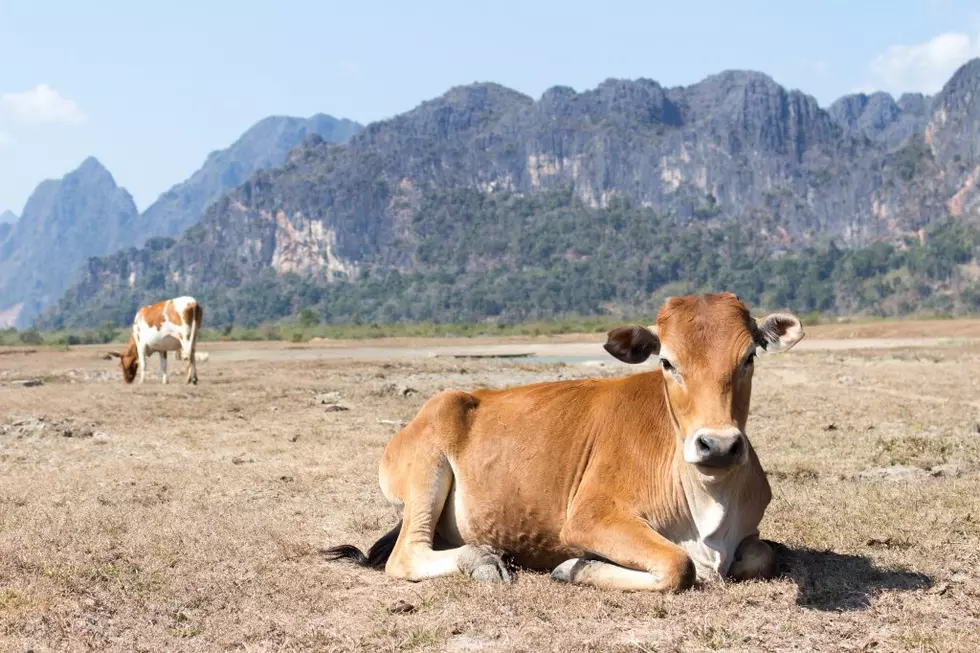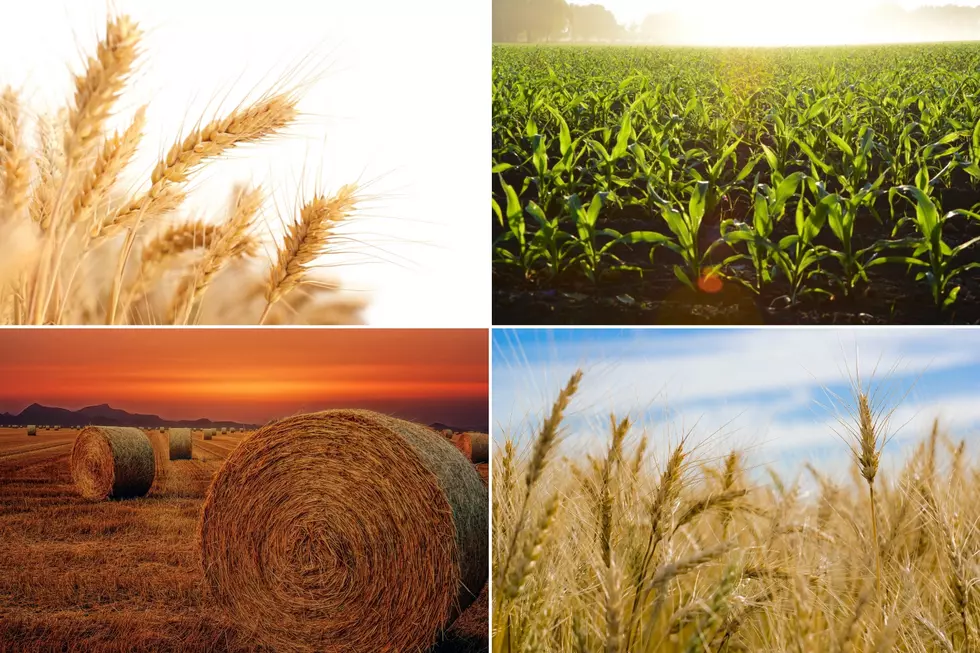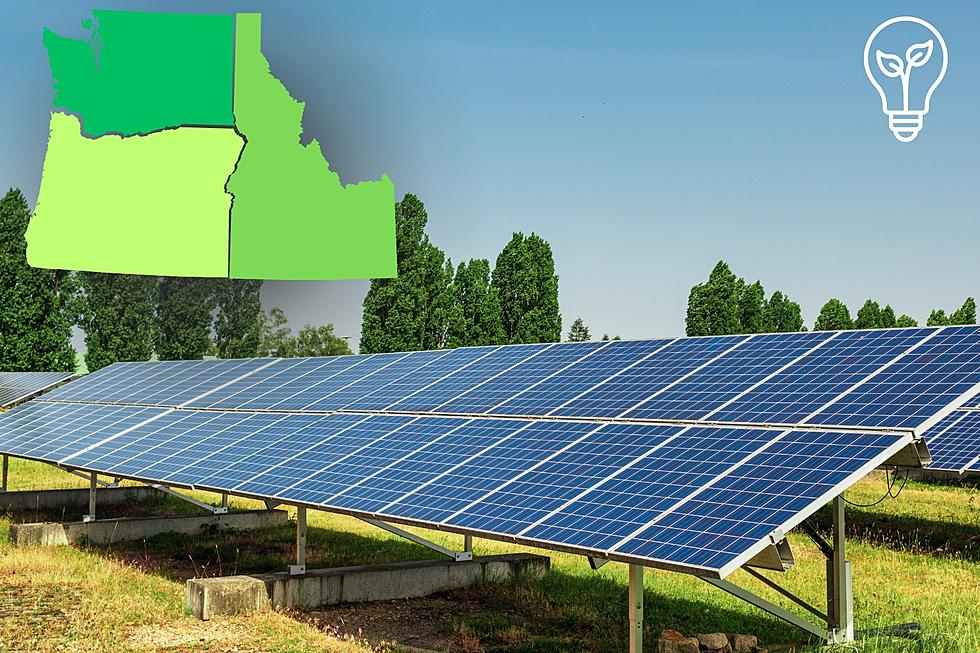
Latest USDA Report Indicates Tight Beef Supply
A deep dive into the latest USDA Cattle Inventory Report indicates a tighter beef supply situation for the coming year, according to Katelyn McCullock, director and senior agricultural economist for the Livestock Marketing Information Center.
“So, the cattle inventory report shows total cows and calves are down about 0.3%. And once a year we get a January 1 number, and then we get a July 1 number. And so this is really our signpost of what to expect over the next year in terms of the cattle cycle, where the direction of the cow herd is going, and this seems to confirm that we are still in a contractionary phase.”
The 2020 calf crop was down about 1.3% and the revised 2019 calf crop was down about 2% year over year.
“And that’s about a half-million head we lost in 2019. There are other noteworthy changes, or lack thereof of changes. The beef replacement number was very close to a year ago, and most of the analyst ahead of the report thought that number was for sure going to contract.”
McCullock noted the number of cattle grazing on small grains saw a huge rebound from a year ago.
“And that’s at 1.7 million head, that’s a 7.5% jump from last year. We do have quite a bit more cattle there out in the country that still need to come on feed. When that timing is, which is probably going to matter quite a bit to what we see in the effect in terms of how fed cattle prices react throughout the year.”
Both Idaho and Oregon are in the top 20 beef producing states, with Montana in the top ten nationally.
If you have a story idea for the PNW Ag Network, call (509) 547-1618, or e-mail gvaagen@cherrycreekmedia.com
More From PNW Ag Network









